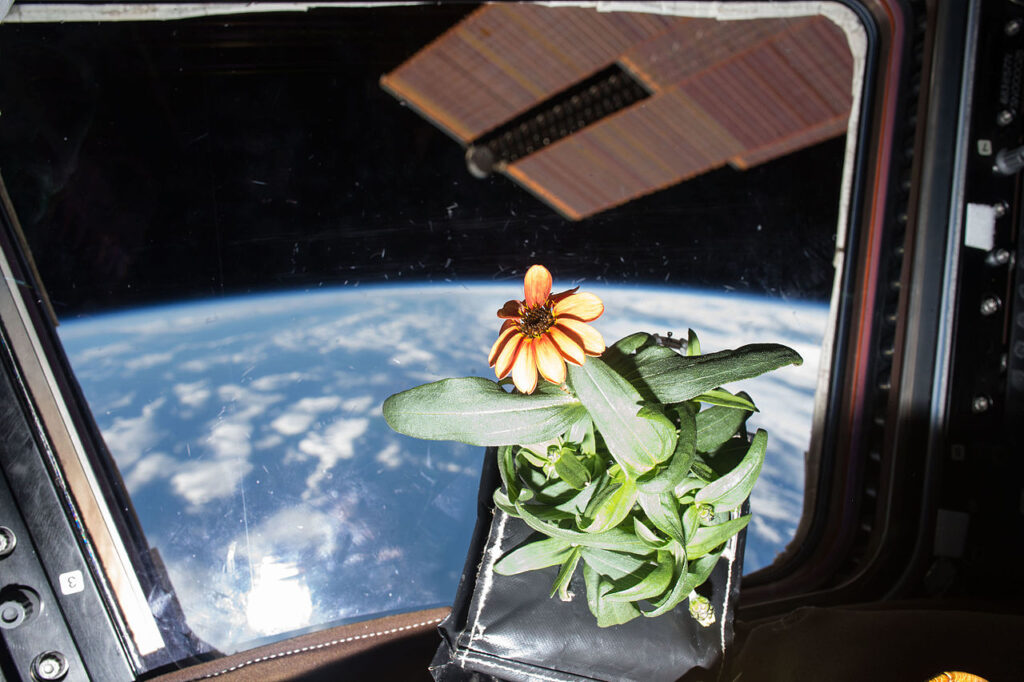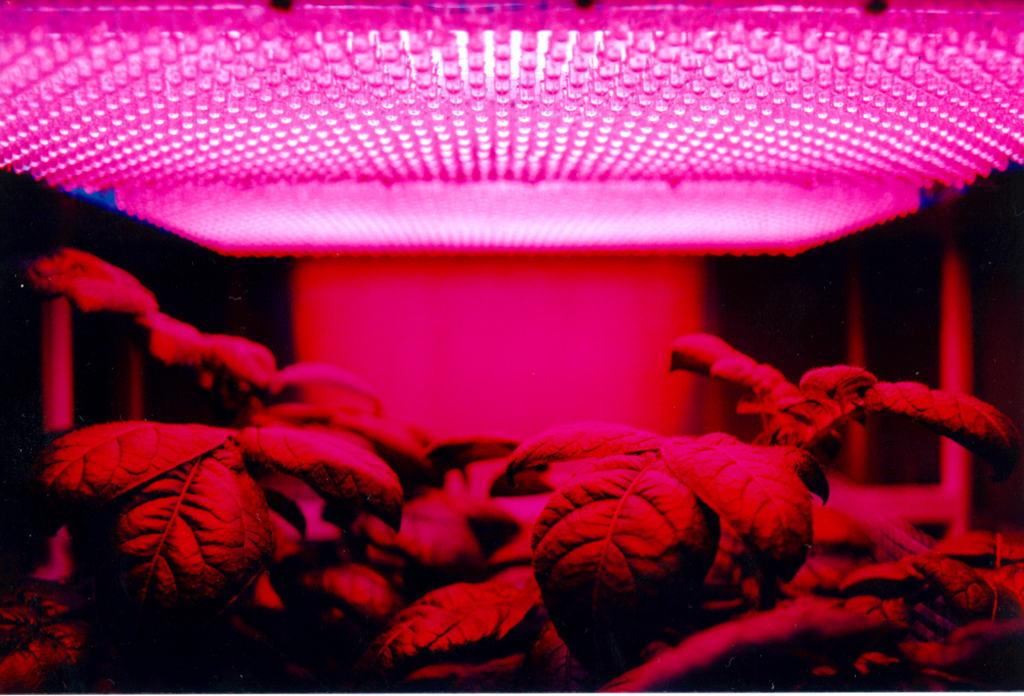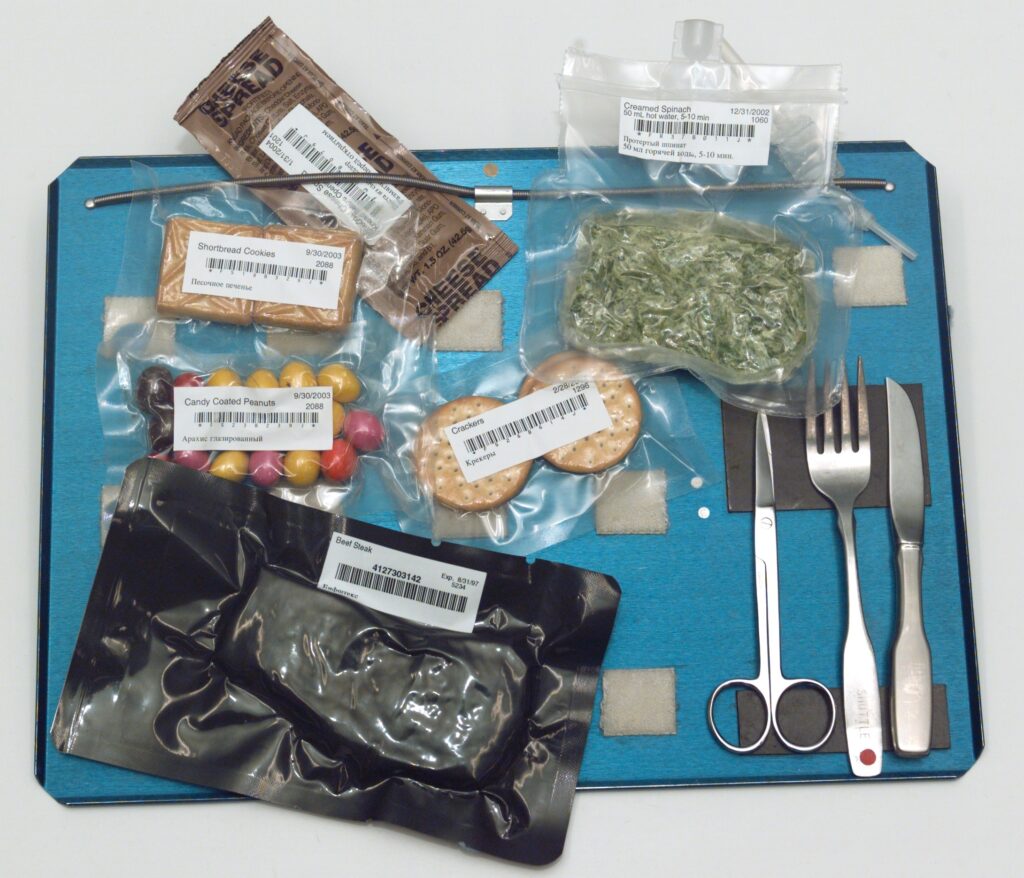When astronauts go to space they still need to eat! Do they have roast dinners and plenty of snacks? In this Not-So-Romantic blog, we take a look at what astronauts eat.
Table of Contents
Before we get into what you could expect on the menu for your space journey nowadays, let’s travel back to the very beginning which as Maria tells us, is a very good place to start.
The first food in space
The first person to eat in space was Cosmonaut (Soviet astronaut) Yuri A. Gagarin. During his single orbit of Earth on the 12th of April 1961 in his Vostok capsule he feasted on a beef and liver paste which he squeezed out of an aluminum tube (Pretty much a toothpaste tube).
He then treated himself to a dessert of chocolate sauce, which also came out of a tube. Would you fancy eating out of a tube? I suppose it would be like drinking your morning cereal through a straw after you’d blended it.
The first American astronaut to eat in space was John H. Glenn who feasted on apple sauce, from a tube. You know, the more I think about it the more I think it would be good fun to eat everything out of a tube- save on cooking anyway.
The reason they couldn’t take whole foods to space has a lot to do with weight. The more weight on your ship the more fuel you need to get into space which means more cost and the whole process becomes more complicated.
This is why we couldn’t take enough food with us for a multiyear voyage, we’d need some way of growing food in big quantities in space if we are going to eventually colonize moons and other planets that’s one of the main obstacles to solve, that and water to drink and air to breathe… short list really.
Food has been grown in space before, just not in huge quantities- soil is heavy to transport in huge quantities. By 2010, 20 plant growth experiments had taken place on the International Space Station.


As space technology improved under the Gemini missions which were part of a 5-year program between 1961 and 1966 to help develop space travel technology to support the Apollo missions (landing someone on the Moon) there was a leap in the food in space technology with the introduction of freeze-dried food.
Freeze-dry food
I realise the term “freeze-dry food” might not be one that many people are familiar with- it’s certainly not in my everyday lingo. I’m not even sure I can remember the last time I said ‘freeze-dry food’.
Freeze-drying food is a food preservation technique. The first step is freezing the food, just like if you were putting something in your freezer at home to keep it fresh for later. After the freezing, the food is then put in a vacuum chamber (no air- just like space) and heated up.
At first, it sounds a little odd to heat something you’ve just frozen but let me explain why.
When in a vacuum the food sublimates when it’s heated. Sublimates means that the water goes from ice to a gas, the gas in this case is water vapour. This water vapour is then sucked out of the vacuum chamber.
The big question of course is why do we need to do this? The answer is mostly to do with bacteria. The whole process kills a lot of the food’s bacteria (not all of it). Perhaps most importantly it stops the bacteria from multiplying so the food won’t spoil.
A secondary reason for the need for this process is weight. The process massively reduces the weight of the food which is good because of the reasons I explained earlier. Food which is freeze-dried can be up to 90% lighter than when you first start. I wonder if I can be freeze-dried next time I weigh myself…
You can buy freeze-dried food to try for yourself. If you’ve never tried astronaut ice cream, I highly recommend it. The strawberry ice cream in particular is delightful. (That’s my own opinion rather than scientific fact, your experience may differ).
When in space all the astronauts would have to do was add water and you had yourself a tasty meal.
Food to the Moon
When the crew blasted off to the Moon in 1969 they had roughly 70 food and drink items to choose from. This is more variety than most restaurants and cafes have. Can you imagine how long it would take people to decide what to eat at a restaurant if there were 70 items on the menu?
Improvements to the food quality were made throughout the Apollo program. Astronauts were able to use hot water with their food and eat it out of a bag rather than a toothpaste tube. These astronauts live in ultimate comfort now.
The problem with sandwiches
Oh! Turns out sandwiches aren’t a good idea in space. They may taste incredible when made properly but the crumbs kept floating away. Crumbs are a problem in space as they just float around. These crumbs could get in your eye, get into machinery and seriously damage the spacecraft. Important note: The same would happen with poo if the astronauts aren’t careful. So, instead of sandwiches the astronauts get wraps.
There is a story that an astronaut called John Young snuck a corned beef sandwich on board the Gemini 3 mission which took place in 1965. This story isn’t completely true though. John Young did bring a potential crumb hazard in the form of a corned beef sandwich on board but it wasn’t snuck aboard. He took a bite before putting it safely away again.
On a complete aside- corned beef sandwiches are incredible. In fact, a corned beef toastie is elite-tier food- alongside banana sandwiches.
But what about today?
If you were to head up to the International Space Station (ISS) today then you’d be in for what can only be described as a feast. There are in excess of 200 types of food and drink items available.

The Space Station doesn’t have any fridges or freezers for food on board so all food is stored at “room temperature”. This makes providing astronauts with fresh fruit and vegetables a difficult challenge. The solution is to send semi-regular restocking shuttles filled with fruit and vegetables… all of which have to be eaten quickly. Fruit and vegetables are definitely things that we need to perfect growing in space.
A red lettuce has been grown and eaten on the ISS before with the astronauts who ate it saying it was “delicious”.
I know what you’re all wondering… what about takeaway food? Obviously, you can’t just ring up a takeaway and ask for your food to be delivered 250 miles above the Earth’s surface. Pizza has been eaten in space though in 2017. I’m sure that was an out-of-this-world pizza party. I wonder if anyone had pineapple on theirs?
I personally like some pineapple on my pizza, who’s with me?
If I ever went up to the ISS I would definitely miss an iced finger and jelly (though I believe that has been eaten in space already so jelly can come with me!). What would you take with you to the ISS?
For drinks, the astronauts have freeze-dried tea, coffee, juice and sometimes even lemonade! As a general rule of eyebrows, carbonated drinks aren’t drunk in space as you can’t burp in space for reasons I explain in this blog but spoilers… if you burp you’re sick when you’re in space.
Packaging and health
A big consideration for space food is the packaging and health benefits. The packaging needs to keep the freeze-dried food contained but also needs to be lightweight, useful in food preparation – like using it as a packaging bowl- and easy to dispose of.
Diets are carefully monitored in space so the food also needs to be nutritious, healthy and free of crumbs. When combined with exercise these nutritious foods keep the effects of space travel on the human body to a minimum. Even in space, our body needs plenty of things like protein, iron, and calcium- I can’t think of any more, so diets are of the utmost importance.
Many astronauts have reported they have less of an appetite in space and that the food tastes different.
How to keep healthy in space is a whole research project on its own. We’ve barely scratched the surface of everything we need to know to head into the Solar System and colonize. The food has had to get better, and more nutritious- plus good food boosts morale and makes people happier.
Cold food only?
You’ll be grateful to hear that if you are ever lucky enough to travel to the ISS there is a way to heat your food up rather than eating everything cold. There’s actually a kitchen in the Russian Orbital Section which had a warming device for tinned food. There is a second heating area for package-style food as well in a different part of the station.
Well as you can see food is definitely going in the right direction when it comes to eating in space but there is still a long way to go until we start seeing carrot farms on the Moon or little space containers growing sprouts. I wonder if it would be possible to get a little pot and send it into orbit (I know that bit is possible) and as it hurtles around the Earth food grows inside. Let me know your thoughts in the comments below.
So to answer the question we started with. “What do astronauts eat in space?”
The answer… pretty much everything as long as it doesn’t cause crumbs.
What to read next
If you have enjoyed this Not-So-Romantic Blog then here are some more on a similar theme I think you will also enjoy.
Thank you for reading this Not-So-Romantic Blog! Why not share it with a friend you think would enjoy it as well?
Bye for now!
